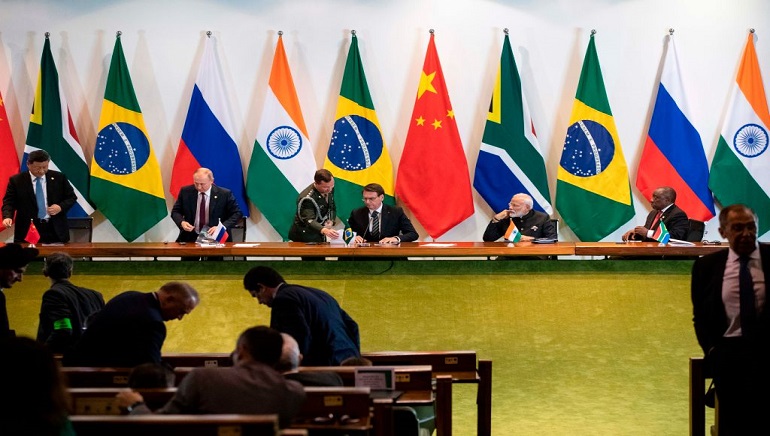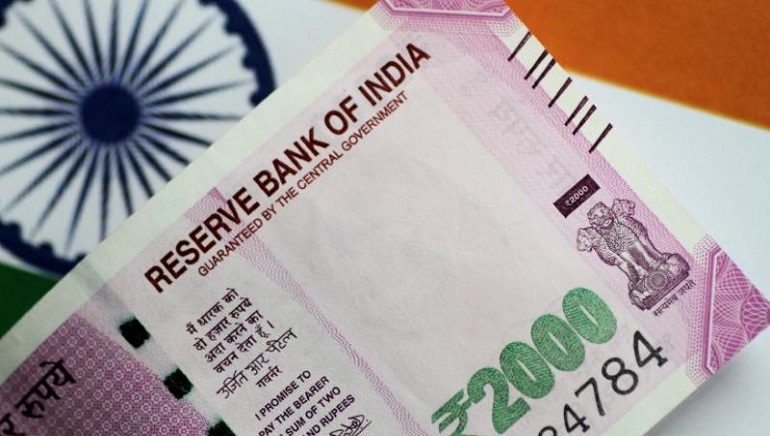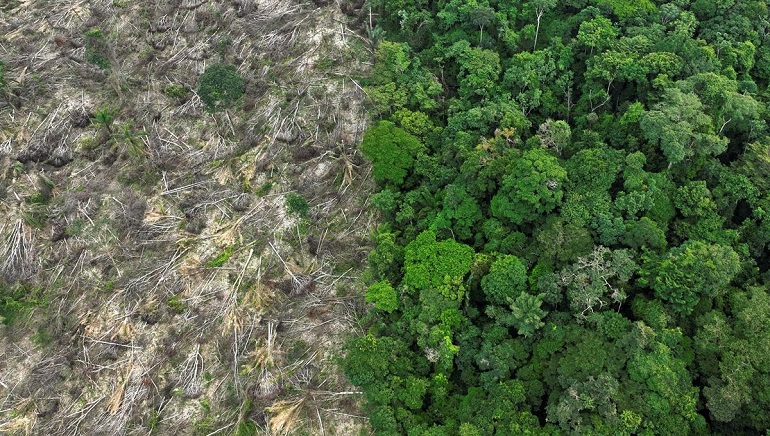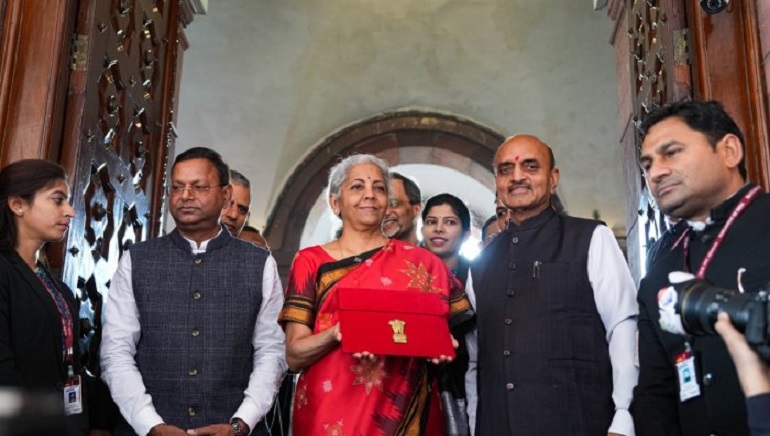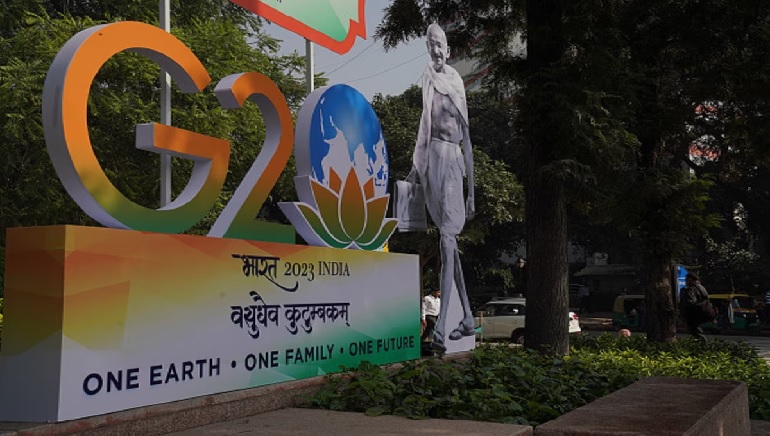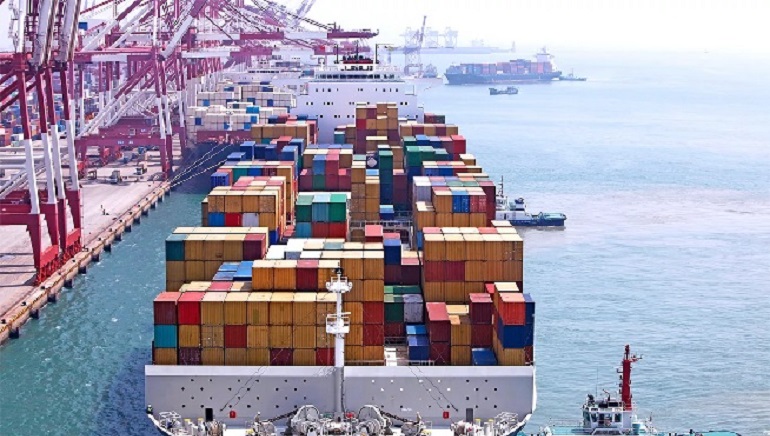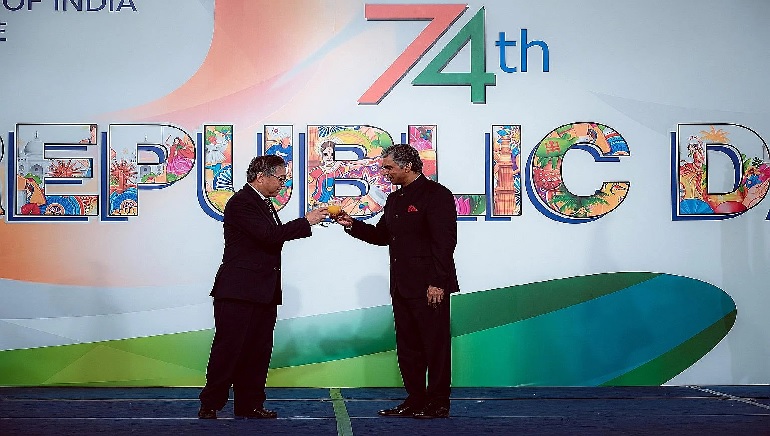Minister of State for Commerce and Industry Som Parkash has said that over ₹477 crore have been approved to 133 incubators under Startup India Seed Fund Scheme (SISFS) as of December 31, 2022. Of the approved amount, around ₹211 crore has been disbursed. Among Indian states, Maharashtra-based incubators were allocated the highest amount at ₹74.5 crore, said the government data.
The Government with an intent to build a strong ecosystem for nurturing innovation, startups and encouraging private investments in the startup ecosystem of the country launched Startup India initiative on 16th January 2016. The flagship schemes under Startup India initiative namely, SISFS, Fund of Funds for Startups (FFS), and Credit Guarantee Scheme for Startups (CGSS) extend support to startups at various stages of their business cycle. The startups, thereafter, are able to raise investments from angel investors or venture capitalists or seek loans from commercial banks or financial institutions. The SISFS has been implemented from 1st April 2021. The scheme has been approved with a corpus of Rs. 945 crore for the period of four years starting from 2021-22.
The Government also implements flagship annual exercises and programs, including States’ Startup Ranking, National Startup Awards and Innovation Week, which play an important role in the holistic development of the startup ecosystem.







